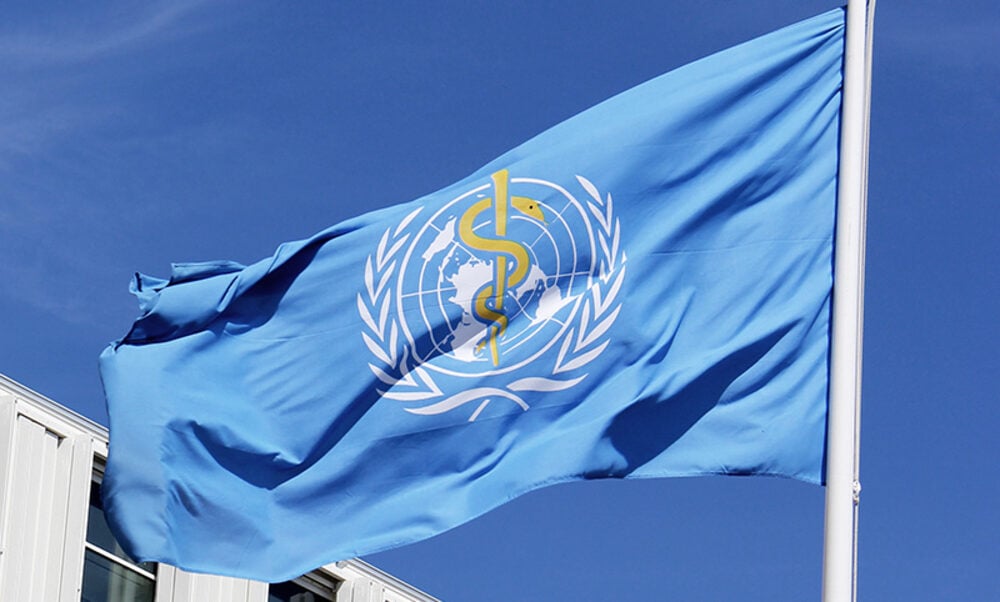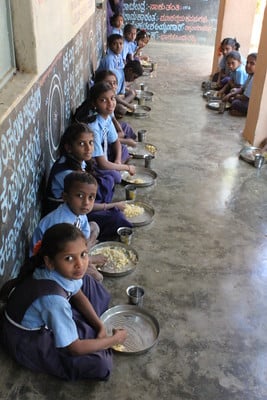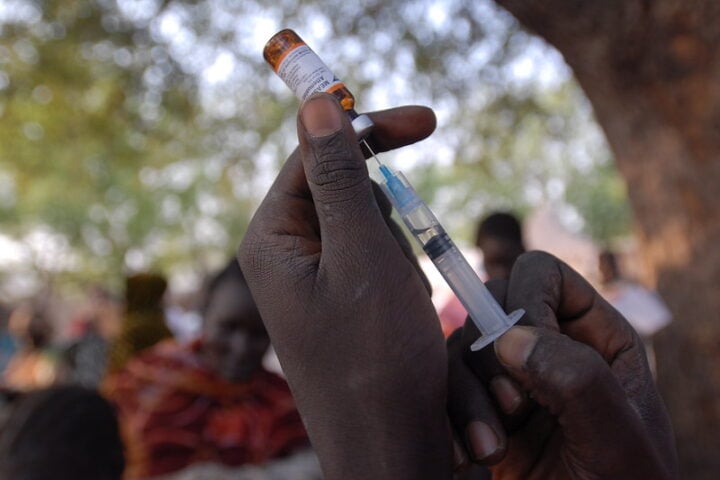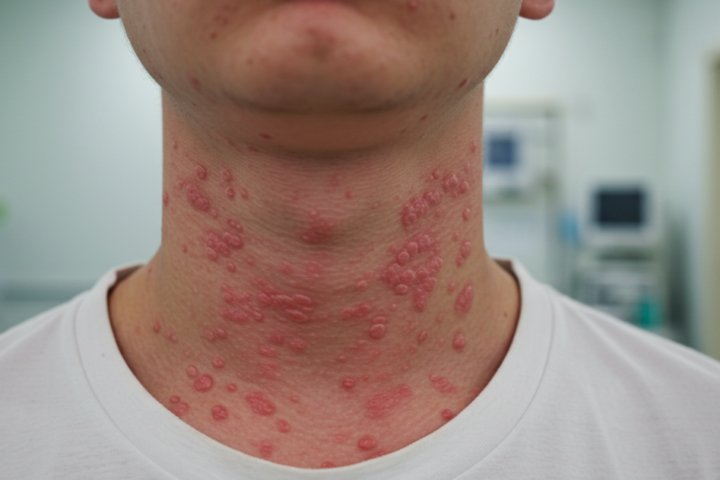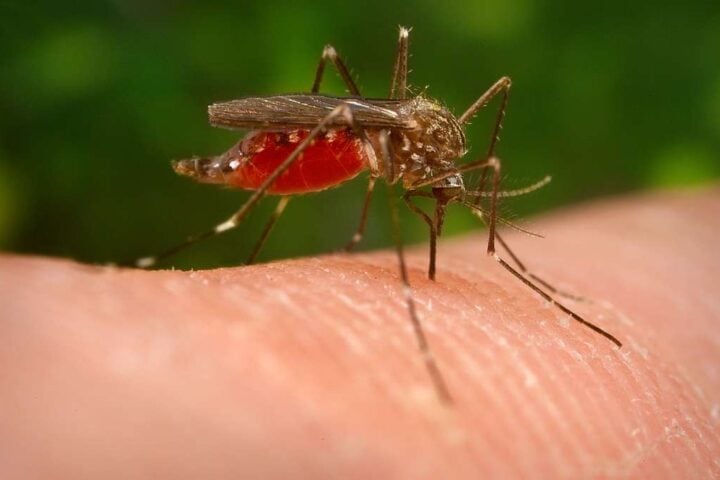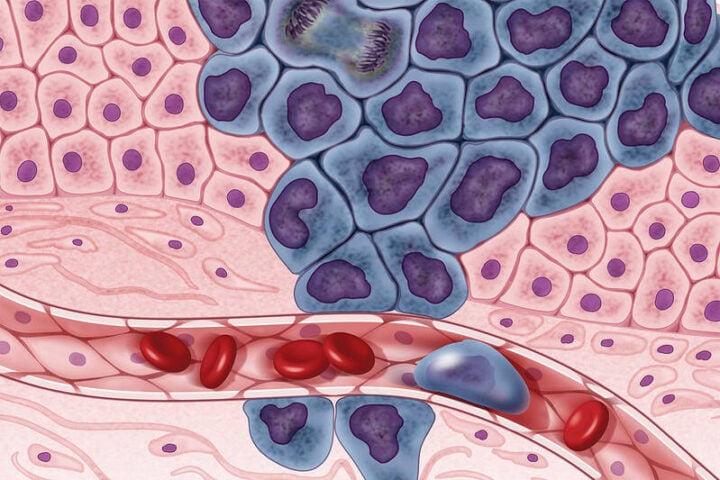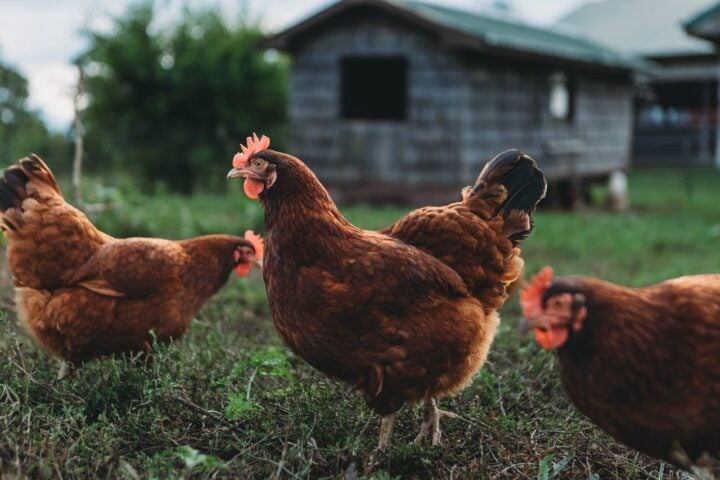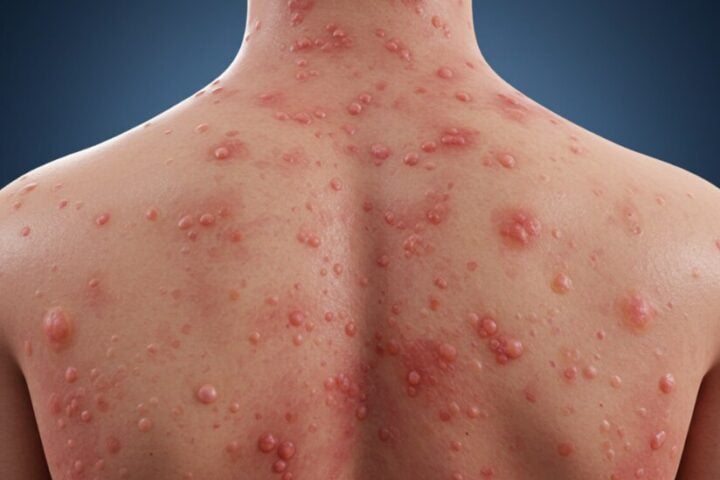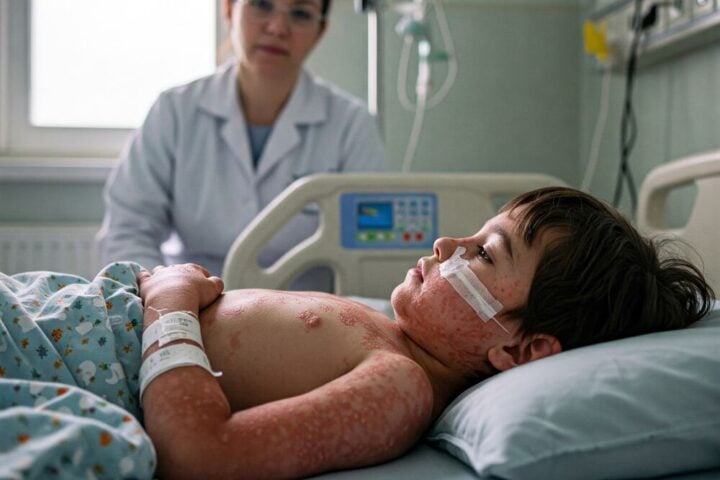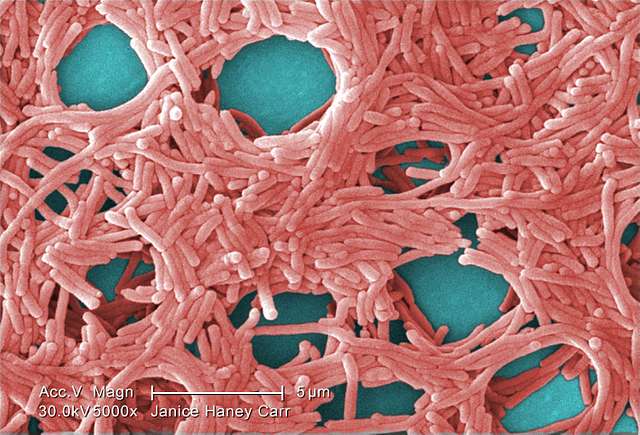Global aid funding cuts are disrupting child vaccination efforts almost as severely as the COVID-19 pandemic did, the United Nations warned on April 24. This financial crisis threatens decades of progress in preventing childhood diseases and is already contributing to a surge in outbreaks worldwide.
“Setbacks are at a similar level to what we saw during COVID-19. We cannot afford to lose ground in the fight against preventable disease,” said Catherine Russell, UNICEF Executive Director.
Funding Cuts Create New Crisis
The United States, historically the world’s largest donor to global health initiatives, is reportedly planning to cancel around $300 million in annual funding to Gavi, the Vaccine Alliance, according to an internal U.S. government document from March. This reduction comes amid broader plans to streamline foreign aid in alignment with an “America First” policy.
A recent World Health Organization (WHO) assessment found nearly half of 108 surveyed countries – mostly low and lower-middle income nations – are experiencing moderate to severe disruptions to vaccination services due to reduced donor funding. These disruptions affect vaccination campaigns, routine immunization programs, vaccine supplies, and disease monitoring efforts.
“Funding cuts to global health have put hard-won gains in jeopardy,” said Dr. Tedros Adhanom Ghebreyesus, WHO Director-General.
Disease Outbreaks on the Rise
The impact of these funding cuts is becoming clear as previously controlled diseases surge globally:
- Measles cases reached 10.3 million in 2023 – a 20% increase from 2022, with the upward trend continuing into 2025. In the past 12 months, 138 countries reported measles cases, with 61 experiencing large outbreaks.
- In the United States, the CDC reported 884 confirmed measles cases as of April 24, 2025 – the second highest annual count in 25 years. Texas alone reported 646 cases, resulting in two child deaths.
- Meningitis cases surged in Africa in 2024, with over 5,500 suspected cases and nearly 300 deaths reported in just the first three months of 2025 across 22 countries.
- Yellow fever outbreaks are increasing in both Africa and the Americas after years of declining cases. In 2024, 124 confirmed cases were reported across 12 African countries, while 131 cases were confirmed in four countries in the Americas in early 2025.
- Diphtheria is at risk of re-emerging in many countries where it had previously been well-controlled.
Similar Posts:
Growing Number of Unvaccinated Children
The number of children missing routine vaccinations continues to climb. In 2023, approximately 14.5 million children received no routine vaccine doses – up from 13.9 million in 2022 and 12.9 million in 2019.
More than half of these unvaccinated children live in countries facing conflict or instability, where access to basic health services is frequently disrupted.
“The global funding crisis is severely limiting our ability to vaccinate over 15 million vulnerable children in fragile and conflict-affected countries against measles,” Russell explained.
The Value of Vaccination
Vaccines save approximately 4.2 million lives annually against 14 different diseases, with nearly half those lives saved in Africa. Every $1 invested in vaccines generates an estimated $54 return through improved health and economic productivity.
Recent years have seen some positive developments. In Africa, which faces the world’s highest cervical cancer rates, HPV vaccine coverage nearly doubled between 2020 and 2023, from 21% to 40%. There have also been increases in pneumococcal conjugate vaccine coverage and the introduction of malaria vaccines in several African countries.
Critical Funding Needs
Gavi is seeking $9 billion for its 2026-2030 strategic period to protect 500 million children and save at least 8 million lives. The organization will hold a high-level pledging summit in June 2025.

“Increasing outbreaks of highly infectious diseases are a concern for the whole world. The good news is we can fight back,” said Dr. Sania Nishtar, CEO of Gavi. “These vital activities, however, will be at risk if Gavi is not fully funded for the next five years.”
Health experts are urging countries to maintain their commitments to the Immunization Agenda 2030 and to prioritize vaccination as part of integrated primary healthcare systems. Without sustained investment, diseases once thought to be under control risk returning with devastating consequences for children worldwide.
Frequently Asked Questions
Childhood vaccination rates are declining due to a combination of significant aid funding cuts (particularly from the United States) and the lingering effects of the COVID-19 pandemic. The United States is planning to cut approximately $300 million in annual funding to Gavi, the Vaccine Alliance. These funding reductions are disrupting vaccination campaigns, routine immunization services, and disease surveillance in nearly half of surveyed low and middle-income countries. This financial crisis comes as health systems were already struggling to recover from pandemic-related disruptions.
Several dangerous diseases are resurging due to vaccination gaps. Measles cases reached 10.3 million in 2023 (a 20% increase from 2022), with 138 countries reporting outbreaks. Meningitis cases have surged in Africa with over 5,500 cases and nearly 300 deaths in just the first three months of 2025. Yellow fever is also making a comeback in both Africa and the Americas after years of decline. Additionally, diphtheria, which had been well-controlled in many countries, is at risk of re-emerging as vaccination rates fall.
Approximately 14.5 million children received no routine vaccine doses in 2023 – an increase from 13.9 million in 2022 and 12.9 million in 2019. More than half of these unvaccinated children live in countries experiencing conflict, fragility, or instability where healthcare access is frequently disrupted. Health officials are particularly concerned about these “zero-dose” children who are completely unprotected against preventable but potentially deadly diseases.
Vaccination programs are one of the most cost-effective health interventions available. Every $1 invested in vaccines generates an estimated $54 return through improved health outcomes and increased economic productivity. Vaccines save approximately 4.2 million lives annually from 14 different diseases, with nearly half those lives saved in Africa. The current funding cuts may ultimately cost more in treating preventable disease outbreaks than what would be spent on maintaining vaccination programs.
The United States, historically the largest donor to global health initiatives, is planning to cut around $300 million in annual funding to Gavi, the Vaccine Alliance, according to an internal government document from March 2025. This reduction is part of broader plans to streamline foreign aid in alignment with an “America First” policy. However, the U.S. State Department has nominated Mark Lloyd, Assistant Administrator for Global Health, to Gavi’s 28-person board, suggesting some continued engagement despite the funding cuts.
Gavi is seeking $9 billion for its 2026-2030 strategic period to protect 500 million children and save at least 8 million lives. The organization will hold a high-level pledging summit in June 2025 to secure this funding. Health experts are urging countries to maintain their commitments to the Immunization Agenda 2030 and to prioritize vaccination as part of integrated primary healthcare systems. Additionally, there are ongoing efforts to implement the “Big Catch-Up initiative,” launched in 2023 to reach children who missed vaccines during the COVID-19 pandemic.
